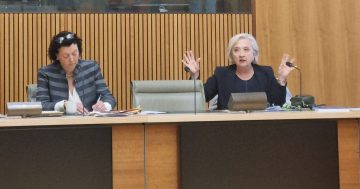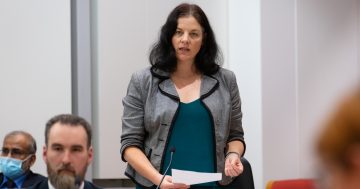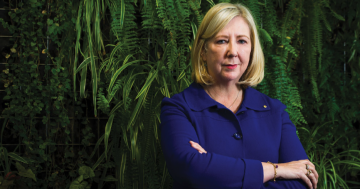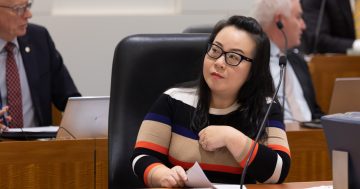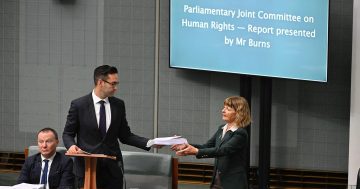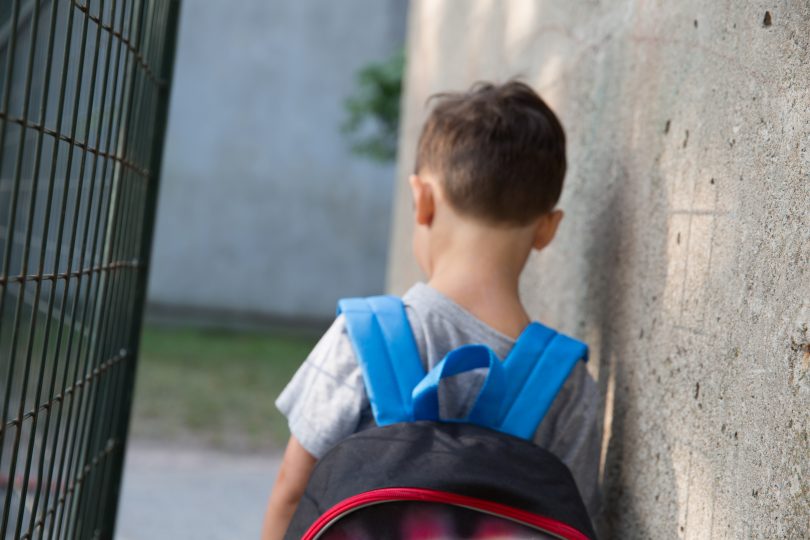
Aboriginal and Torres Strait Islander children in the ACT were removed from their homes at a higher rate than non-Indigenous children. Photo: File.
Last week, the Legislative Assembly Inquiry into Child and Youth Protection Services (CYPS) held hearings to get the community’s perspective about problems with CYPS.
The Inquiry invited a range of organisations and advocates to share their experiences and views regarding some of the problems with the current system, including the Human Rights Commission, ACT Council of Social Service, ACT Legal Aid and other advocacy organisations.
This is an important Inquiry. It is considering issues that impact people’s lives. It’s examining how we manage some of the most challenging decisions that a community makes, like what to do when it may not be best for a child or young person to stay with their family.
This Inquiry was sparked by a court case which found that the ACT Government had wrongly removed five Aboriginal children from the care of their mother in 2013. This decision and the lack of review processes meant that the mother spent five years in the courts battling to have the children returned to her.
It comes against the backdrop of the most recent Productivity Commission Report into the State of Government Services which found that the ACT has some of the lowest recurrent expenditure on child protection services per child in Australia, and that Aboriginal and Torres Strait Islander children in the ACT were removed from their homes at a higher rate than non-Indigenous children.
While few of us will become involved in the child and youth protection system, it’s a matter that the community as a whole should care about, and should be paying attention to. We must have a child and youth protection system that is understood and person-centred. We must have a system that is trusted by our community. The community must be confident that decisions are being made in a way that does not set children on a pathway of lifelong trauma, disadvantage and instability.
A range of serious concerns were raised at the Assembly’s public hearings last week and are documented in submissions provided to the Inquiry. These included concerns about a lack of transparency within the system, a culture of secrecy and a significant problem with reviews both internally and externally.
Advocates told stories of families struggling to find out information about the experience of their children, increasing reluctance to release information that previously has been provided and, in the context of wide discretionary powers, the inability to seek review for decisions made.
The Human Rights Commission argues that the Children and Young Persons Act is inconsistent with our human rights obligations due to the lack of safeguards such as external reviews and access to information. It is stark to read submissions that list the external review mechanisms open to many other jurisdictions compared with the external review processes available in the ACT.
There have been a number of reviews and inquiries over the years into the CYSP.
Most significantly, a review undertaken by Cheryl Vardon became a blueprint for reform when she delivered her report in 2004. Since this time, there has been work to reform the system.
There has been the implementation of the Step Up for Our Kids Strategy a few years ago which sought to introduce a trauma-informed approach to child protection. This included a multimillion-dollar investment into training for staff and carers, and the introduction of services aimed at strengthening families. This is one area where the ACT is performing well according to the Productivity Commission, with the ACT being the biggest investors per capita in intensive family services.
While good work has happened, the issue of transparency and review has been a blind spot in the reforms. These were issues raised in the original report and others that have followed. Transparency and accountability don’t need to be hard. It should be seen as a protection for everyone – most importantly to the children and young people subject to these decisions, but also for families, workers and the government.
As Cheryl Vardon noted in her Inquiry report 16 years ago, “the work of protecting children is recognised as stressful, difficult and sometimes dangerous but also as challenging and rewarding”.
The best way we can protect both children and young people being removed from their family and also the people doing this most challenging role is in creating a system that is transparent, accountable and robust.
I think the issues being raised in this Inquiry highlight the need for us to demand more transparency and review processes around Government decision making. What do you think?












